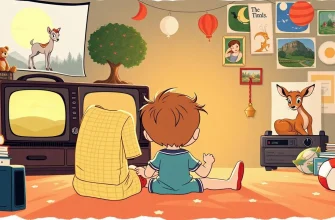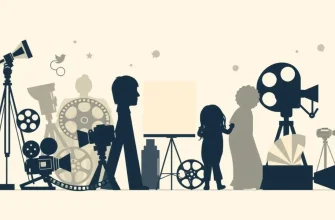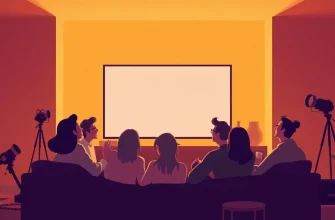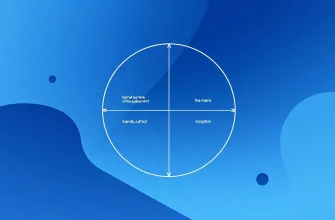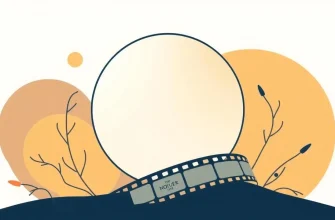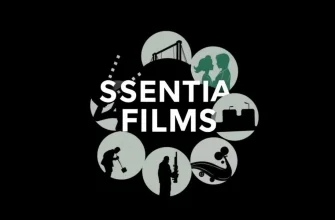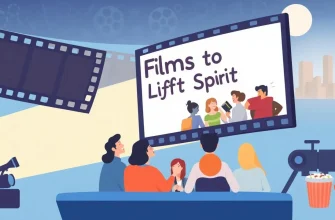This curated list showcases ten films that are not only rare but also offer unique storytelling, experimental techniques, or obscure themes. These films provide a rich tapestry of cinematic experiences, often overlooked by mainstream audiences, making them a treasure trove for cinephiles seeking something beyond the ordinary.
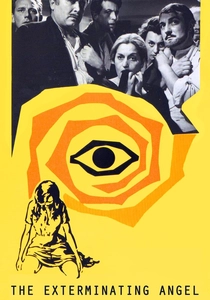
The Exterminating Angel (1962)
Description: Luis Buñuel's surrealist masterpiece where dinner guests find themselves inexplicably unable to leave the room, leading to a breakdown of social norms.
Fact: The film was inspired by a real-life incident where Buñuel and some friends were unable to leave a dinner party due to a sudden, inexplicable urge to stay.
 Watch Now
Watch Now
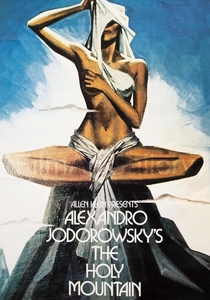
The Holy Mountain (1973)
Description: Alejandro Jodorowsky's masterpiece, a surreal journey of spiritual enlightenment, filled with esoteric symbolism and provocative imagery.
Fact: Jodorowsky sold his personal belongings to finance the film, and it was banned in several countries for its controversial content.
 Watch Now
Watch Now
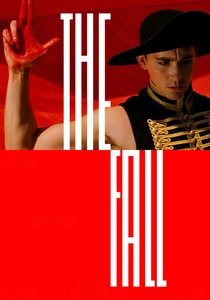
The Fall (2006)
Description: A visually stunning film by Tarsem Singh, blending fantasy with reality, where a young girl's imagination brings to life the stories told by an injured stuntman.
Fact: The film was shot in over 20 countries, and Tarsem Singh spent his own money to fund the project, taking nearly a decade to complete.
 Watch Now
Watch Now
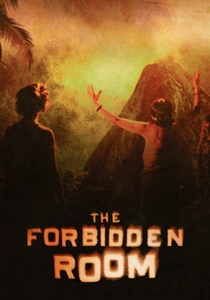
The Forbidden Room (2015)
Description: Directed by Guy Maddin, this film is an anthology of surreal, interconnected stories, each more bizarre than the last, making it a true cinematic oddity.
Fact: The film was shot entirely on sets designed to mimic the look of early 20th-century silent films. It features a cast of over 150 actors, including Udo Kier and Charlotte Rampling.
 Watch Now
Watch Now
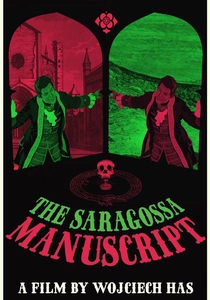
The Saragossa Manuscript (1965)
Description: A Polish film by Wojciech Has, it's a labyrinthine narrative involving a series of nested stories, making it a precursor to postmodern cinema.
Fact: The film was restored and re-released in 2001 by Martin Scorsese's Film Foundation, highlighting its significance.
 30 Days Free
30 Days Free
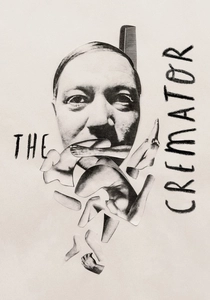
The Cremator (1969)
Description: A Czech New Wave film by Juraj Herz, it's a dark comedy about a crematorium operator whose obsession with death leads him down a sinister path during the Nazi occupation.
Fact: The film uses a unique visual style, with scenes often shot through distorting lenses to reflect the protagonist's twisted mind.
 30 Days Free
30 Days Free
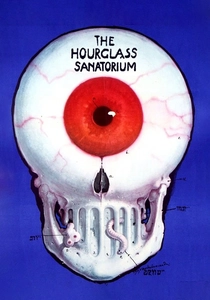
The Hourglass Sanatorium (1973)
Description: Directed by Wojciech Has, this film explores the surreal and dreamlike journey of a man visiting his dying father in a sanatorium.
Fact: The film's dreamlike quality was achieved through extensive use of special effects and set design, creating a unique visual experience.
 30 Days Free
30 Days Free
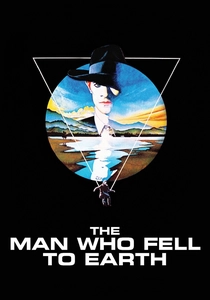
The Man Who Fell to Earth (1976)
Description: This sci-fi drama by Nicolas Roeg features David Bowie as an alien who comes to Earth to save his dying planet, only to become ensnared by human vices.
Fact: David Bowie was cast because Roeg believed his otherworldly persona would suit the role perfectly.
 30 Days Free
30 Days Free
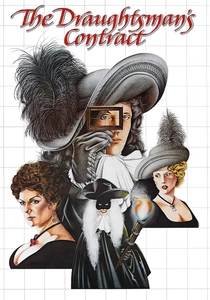
The Draughtsman's Contract (1982)
Description: Another Peter Greenaway film, this one involves a 17th-century artist hired to draw a series of landscapes, only to become embroiled in intrigue and murder.
Fact: The film's elaborate set designs and costumes were meticulously researched to reflect the period accurately, adding to its visual richness.
 30 Days Free
30 Days Free

The Cook, the Thief, His Wife & Her Lover (1989)
Description: Peter Greenaway's film is a visually opulent and thematically rich exploration of power, desire, and revenge, set in a lavish restaurant.
Fact: The film's sets were designed to change color as the story progresses, symbolizing the characters' emotional states.
 30 Days Free
30 Days Free


